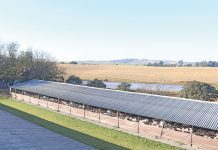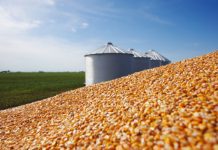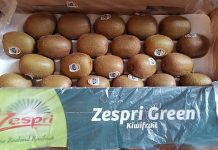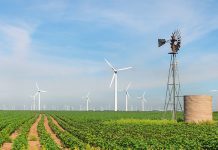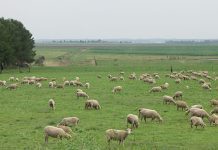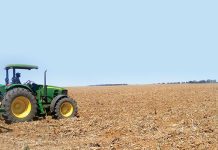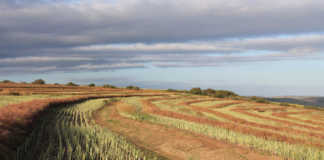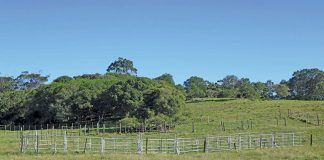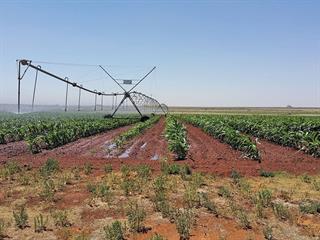
Photo: Rumpff Krüger
Water, soil and climate are three primary natural resources that determine the potential of a farm. Water is the heart of irrigation, playing a primary role in the production of crops and livestock farming. Unsurprisingly therefore, its availability increases the value of the land, therefore a knowledge of these water rights become vital.
READ: Farmers to measure water-use
Basics of water rights
The management of water is a complex topic, with a multitude of variables. I shall discuss water over two articles and focus on the basics as applicable to farming.
Water scarcity
South Africa is a relatively dry country where water usage is strictly regulated by law. The National Water Act (No. 36 of 1998) is the main regulating force of water use in South Africa and replaces any previous law dealing with water rights.
Its purpose is to ensure that the nation’s water resources are protected, used, developed, conserved, managed and controlled to the benefit of all, while also protecting the environment, managing floods and drought, and meeting international obligations.
Water-use entitlement vs water right
A fundamental change introduced by the act is that water no longer adheres to the property but to a water user (Thompson, 2006). Water ‘rights’ will eventually disappear from title deeds.
The act stipulates that a person or legal entity becomes a water user by registration. The registered use entity receives an entitlement to use water from the Department of Water and Sanitation. This entitlement is to use water on a specific property.
The act gives the water affairs department the tools to gather the information it needs for the optimal management of the country’s water resources. This registration is one of these tools. The registration process requires answers to four questions:
- Who are you?
- Where do you live?
- How much water are you using?
- What are you using the water for?
It should be clear that water-use registration is only a census and not an automatic entitlement to use water. Verification of entitlement should follow registration and lead to the issuing of a water-use licence. The numbered certificate issued after registration gives information on the volume used, the source, the farm on which it is used, the registered user, what it is used for and the type of registration.
Unless already replaced by a licence, this registration certificate is the only official document the user will have to indicate what the eventual water entitlement could be.
Negative effects for farmer and banks
A serious problem has emerged with the issuing of water-use licences: in some cases, less water is allocated than was previously used. The main reason for this is usually a shortage of water in the area.
This could have a detrimental effect on a farm’s value, as higher-valued irrigated land might then become normal dryland. This in turn could have serious negative consequences for financial institutions and their loan-to-value conditions.
Categories of water use
The Act, under section 21, makes provision for 11 categories of water use, of which the following three are directly applicable to the farmer and important to a valuer:
Taking water from a source
This registration shows the actual water in cubic metres per annum that the user can take from a source to use for irrigation. It specifies the specific sources – a river, stream, borehole, and so forth.
Storing water
This registration entitles the user to store water and utilise it as required. The volume indicated on this registration is not added to the amount specified in the source registration. It is also not added to the hectares that may be irrigated.
Stream-flow reduction
This replaces the forestry permits previously required for plantations. The latter use more water than natural vegetation and their expansion is controlled by stream-flow reduction certificates.
(To be continued)
Source: Farm Valuations in Practice (Pienaar, 2013)
Rumpff Krüger is a professional valuer.
This article was originally published in the 11 December 2015 issue of Farmers Weekly.

